Mezcal Regions
The many different regions in Mexico are renowned for their distinct characteristics, each influenced by local geography, climate, and the unique varieties of agave cultivated there. This diversity not only shapes the flavors and aromas of Mezcal but also reflects the rich cultural heritage and traditional production methods preserved by local artisans throughout the country.
What Are Mexican Terroirs?
Terroir is a French term for a unique mix of regional elements influencing a product. It includes the interaction between natural conditions like climate and soil and the creative skills of local artisans.
Mezcal’s true nature is closely tied to the region it originates from, the diverse types of agave it’s made from, and the traditional techniques used in making it. Even though many parts of Mexico have challenging dry climates, these regions offer the perfect environment for growing agave, allowing talented artisans to turn this raw material into a globally appreciated spirit.
Regional Flavor Profiles of Mezcal
Mexico’s Mezcal is defined by the diverse agave plants used in its production, each contributing unique flavors due to their inherent sugars. The specific growing conditions, including soil type, minerals, and nutrients, significantly influence the Mezcal’s flavor profiles. These variations are further enhanced by the diverse landscapes, climate, and altitude in mezcal-producing regions, showcasing a wide array of characteristics.
The Denomination of Origin (DO) for Mezcal covers several states, ensuring that only spirits produced within these designated areas and adhering to specific standards can be labeled Mezcal. This system highlights the cultural practices of local artisans, creating a rich tapestry of flavors and styles that distinguishes Mezcal from its various regions.
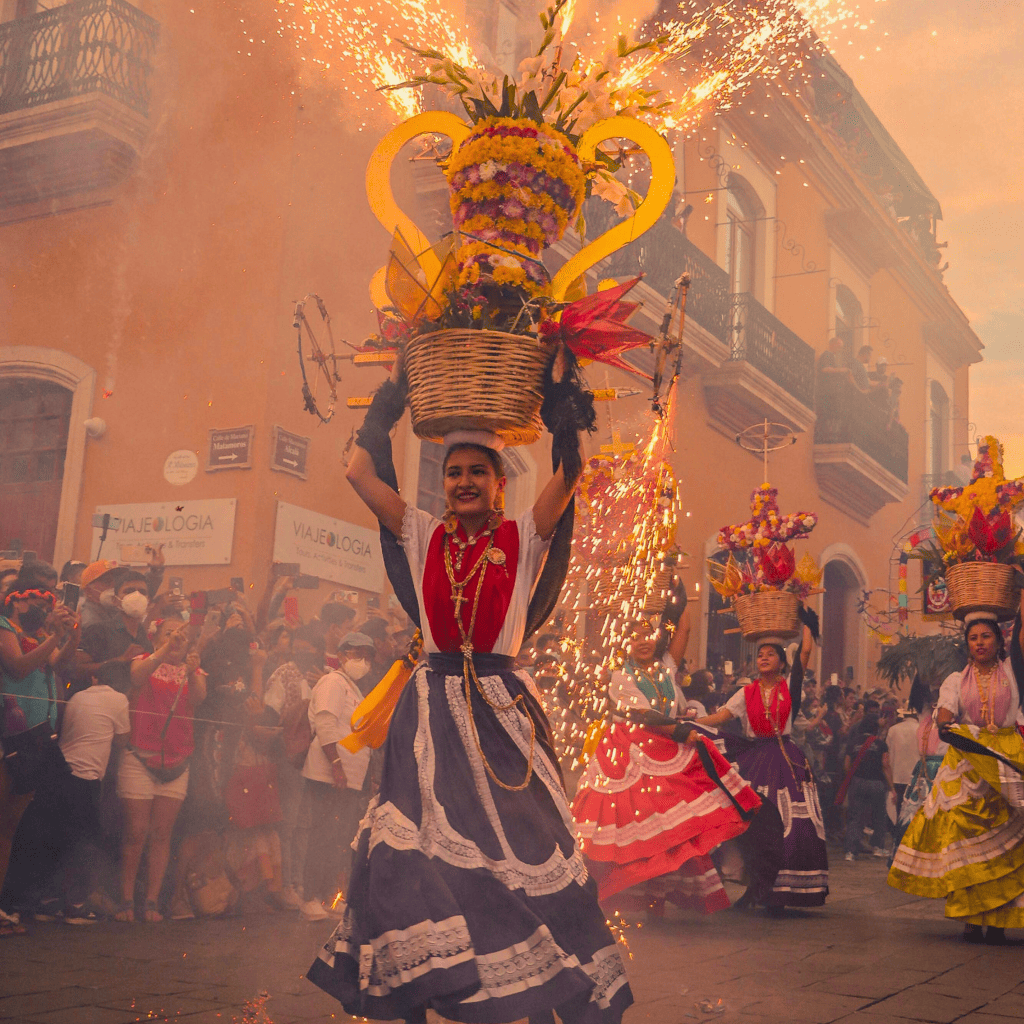
Oaxaca: The Cradle of Mezcal
Oaxaca, Mexico, has a tremendous variety of agave plants. The region’s unique geography, different soil types, and climates have created the perfect conditions for agave to thrive. These conditions have led to a whopping 42 species and eight varieties of agave in this area! Many biologists consider the Sierra Madre Occidental mountain range in Oaxaca as the “mother mountain” of biodiversity in the northern hemisphere of the American continent.
Oaxacan Mezcal is a cultural symbol, and the range of distillates in the state is so extensive that we can refer to them as “Oaxacan mezcal territories.” In 2018, the state was responsible for approximately 92% of the national mezcal production. The main production area is the Central Valley region, with the Tlacolula district, home to Matatlán (the self-proclaimed “world capital of mezcal”), concentrating over two-thirds of that production.
- Geographical Diversity: Oaxaca’s diverse terrain of mountains, valleys, and coastal areas supports a wide range of agave species, allowing for more varieties than any other Mexican state. While Espadín is the most common, other varieties like Tobalá, Tepeztate, and Madrecuixe contribute to the rich flavors of Oaxacan Mezcal.
- Cultural Heritage: Mezcal production in Oaxaca follows traditional methods passed down through generations. The producers, known as “mezcaleros,” still use ancestral techniques, such as harvesting wild agave with a specialized tool called a “coa” and slowly roasting piñas in earthen pits.
- Artisanal Production: Mezcal in Oaxaca is produced artisanally in small batches, reflecting the mezcalero’s skill and the unique terroir. This method highlights the distinctiveness of each batch and supports the local economy while promoting sustainability. Many mezcaleros use wild agave, requiring sustainable harvesting practices. Initiatives are in place to cultivate agave sustainably and enhance biodiversity, ensuring the future viability of mezcal production.
- Regulatory Challenges and Opportunities: The growing popularity of Mezcal presents both opportunities and challenges for Oaxaca. The Denomination of Origin helps safeguard the genuineness of Oaxacan mezcal and guarantees that global recognition results in local advantages. Nevertheless, it also calls for a balance between fulfilling the growing demand and preserving sustainable, traditional methods.
- Culinary Scene and Tourism: Oaxaca has a rich culinary heritage around Mezcal, making it a popular destination for food and drink enthusiasts worldwide. Visitors can experience mezcal culture firsthand by visiting distilleries and sampling the variety of mezcals produced in the area.

Durango: The Wild Frontier
Durango is known for its rugged terrain and vast mountain ranges, which host some of the region’s best wild white-water rafting courses. Fortunately, it is now building its unique and respected niche in the mezcal world. Although Oaxaca is usually the main topic in conversations about Mezcal, Durango brings a fascinating story of variety and creativity to the production of Mezcal.
- Diverse Landscapes and Agave Varieties: Durango’s topography is characterized by its mountainous terrains, deep valleys, and semi-desert areas, offering a unique terroir that is reflected in the flavor profiles of its Mezcal. The state is home to the wild Durangensis agave, among other varieties, which thrive in mineral-rich soils. These agaves impart a distinctive taste to Durango’s Mezcal, marked by notes of minerality and a complex bouquet of flavors.
- The Tradition of Vinatas: Mezcal production in Durango occurs in traditional family-run distilleries called vinatas, which embody the region’s artisanal spirit. Producers blend traditional methods with modern techniques, experimenting with various agave species and sustainable practices. This approach has established Durango as a leader in Mezcal’s evolution, but reliance on wild agave poses challenges for sustainability, prompting a focus on balancing harvesting with conservation efforts.
- Community and Economic Impact: The increasing demand for Mezcal in Durango has considerably impacted the surrounding communities, as it has created economic opportunities and instilled a sense of pride in the area’s Mezcal tradition. The international fascination with Mezcal has brought attention to Durango, highlighting its role in Mexico’s distilling industry and promoting cultural tourism.
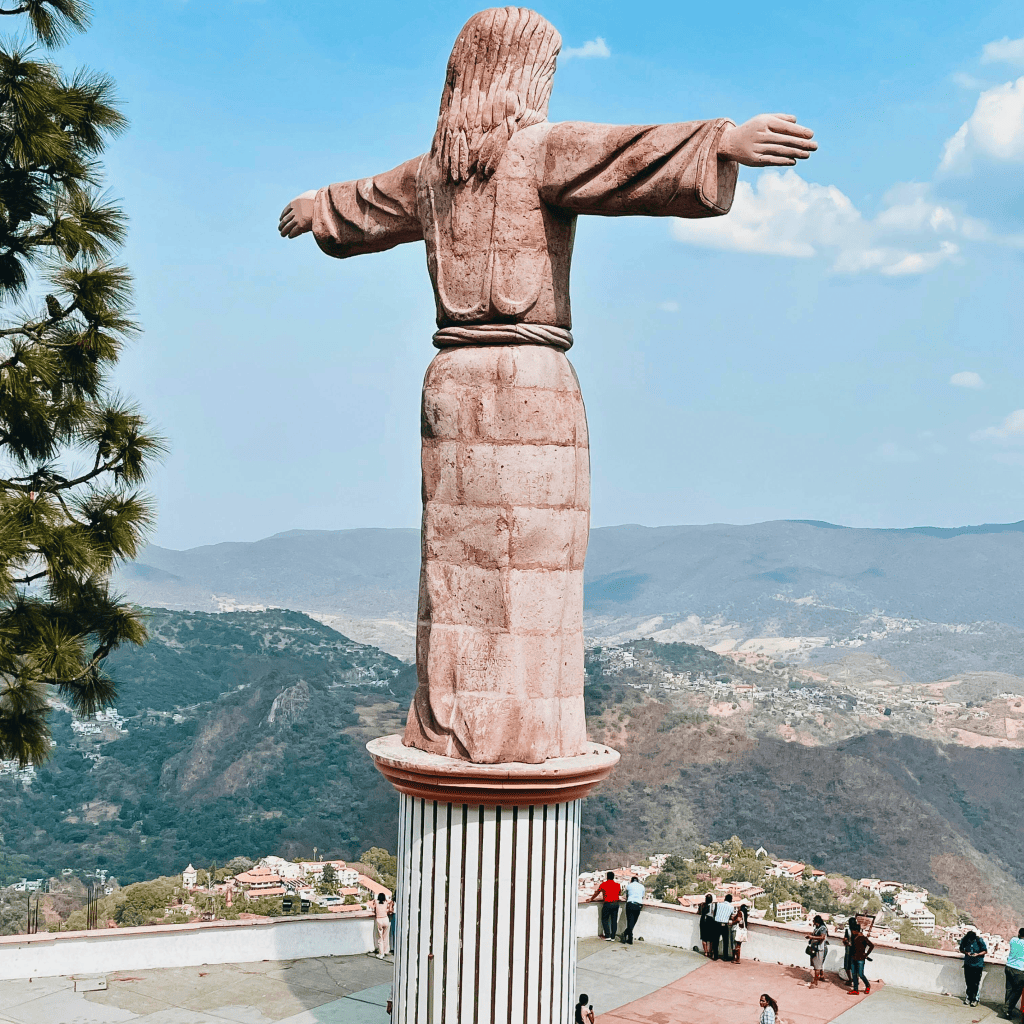
Guerrero: A Hidden Treasure
Nestled between the rough mountains and the sunny coastlines of Mexico, Guerrero is a hidden gem in the field of mezcal production. Its contribution to the mezcal world is rich in tradition, diverse agave varieties, and unique production methods that distinguish Guerrero’s Mezcal as a unique expression of its natural and cultural landscape.
- Diverse Agave Varieties: Guerrero’s Mezcal is characterized by diverse and often wild agave species, including the famous cupreata and Angustifolia. These agave varieties contribute unique flavor profiles, ranging from floral and fruity to earthy and complex.
- Artisanal Production Methods: In Guerrero, mezcal production remains mainly artisanal. From harvesting wild agave in remote mountains to small-batch distillation, each bottle is unique.
- The Impact of Geographical Indication: Guerrero’s Mezcal showcases traditional methods and diverse agave, reflecting its terroir and artisanal heritage.
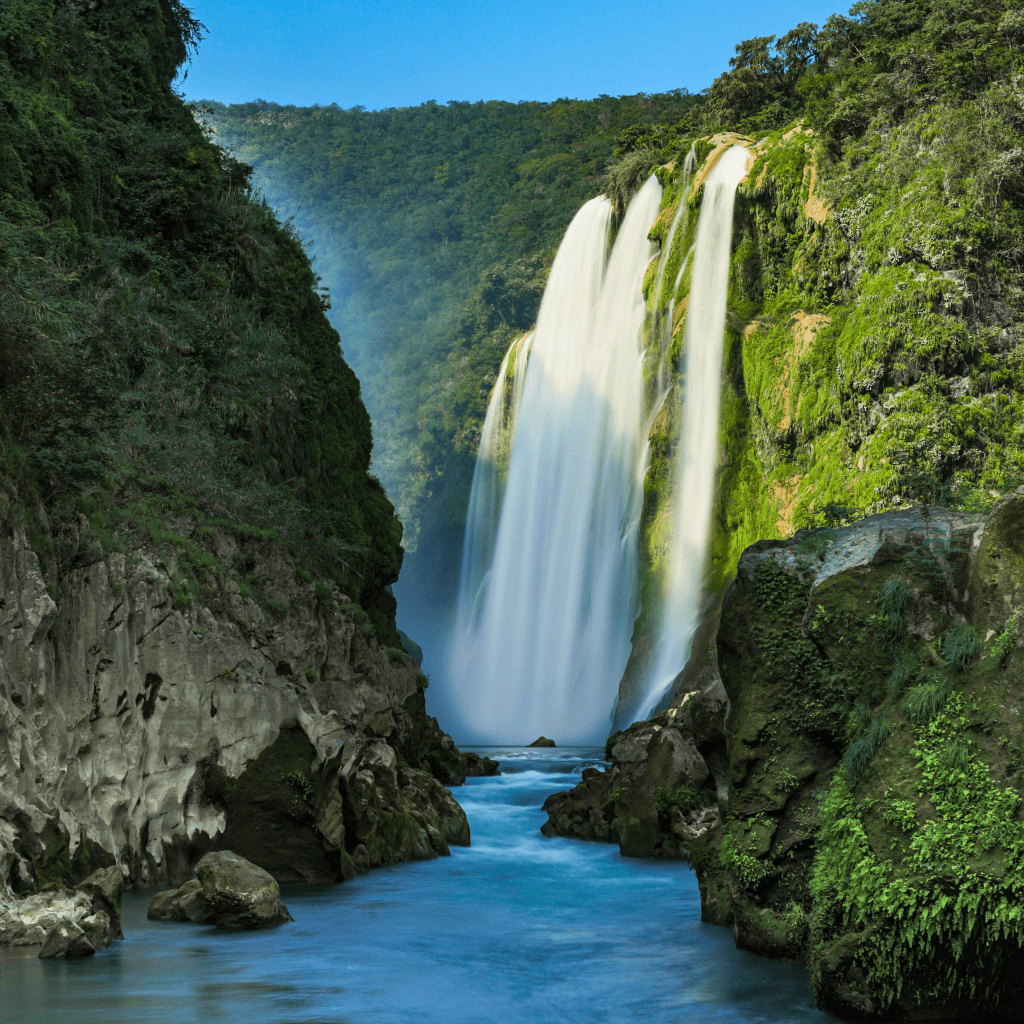
San Luis Potosí: The Desert Gem
San Luis Potosí stands out as a shining desert gem that contributes a unique and intriguing chapter to the history of Mezcal. The state is known for its stunningly beautiful desert and abundant mineral resources, which give its mezcal production a distinct profile that sets it apart from other regions.
- A Unique Agave Landscape: San Luis Potosí is notable for cultivating the Salmiana agave, a robust and resilient variety that thrives in the state’s arid conditions. The Salmiana and other varieties, such as the Americana and Potatorum, contribute to Mezcal with distinctively bold, mineral, and herbaceous notes, mirroring the terroir from which it hails.
- Traditional Techniques in a Harsh Terrain: Mezcal production in San Luis Potosí showcases the resilience and ingenuity of its people in a challenging desert environment. Producers utilize traditional techniques adapted to local conditions, from rugged harvesting to water-conserving distillation methods. The region’s mineral-rich soil, shaped by volcanic activity, adds a unique character to its Mezcal, resulting in a layered and complex flavor profile.
- A Rising Star in the Mezcal World: While perhaps less known than Oaxaca or Durango, San Luis Potosí quickly gains recognition for its unique Mezcal. The state’s inclusion in the Denomination of Origin for Mezcal has helped to spotlight its contribution to the spirit’s diversity, inviting aficionados and curious explorers alike to discover the unique flavors and stories of San Luis Potosí’s Mezcal.
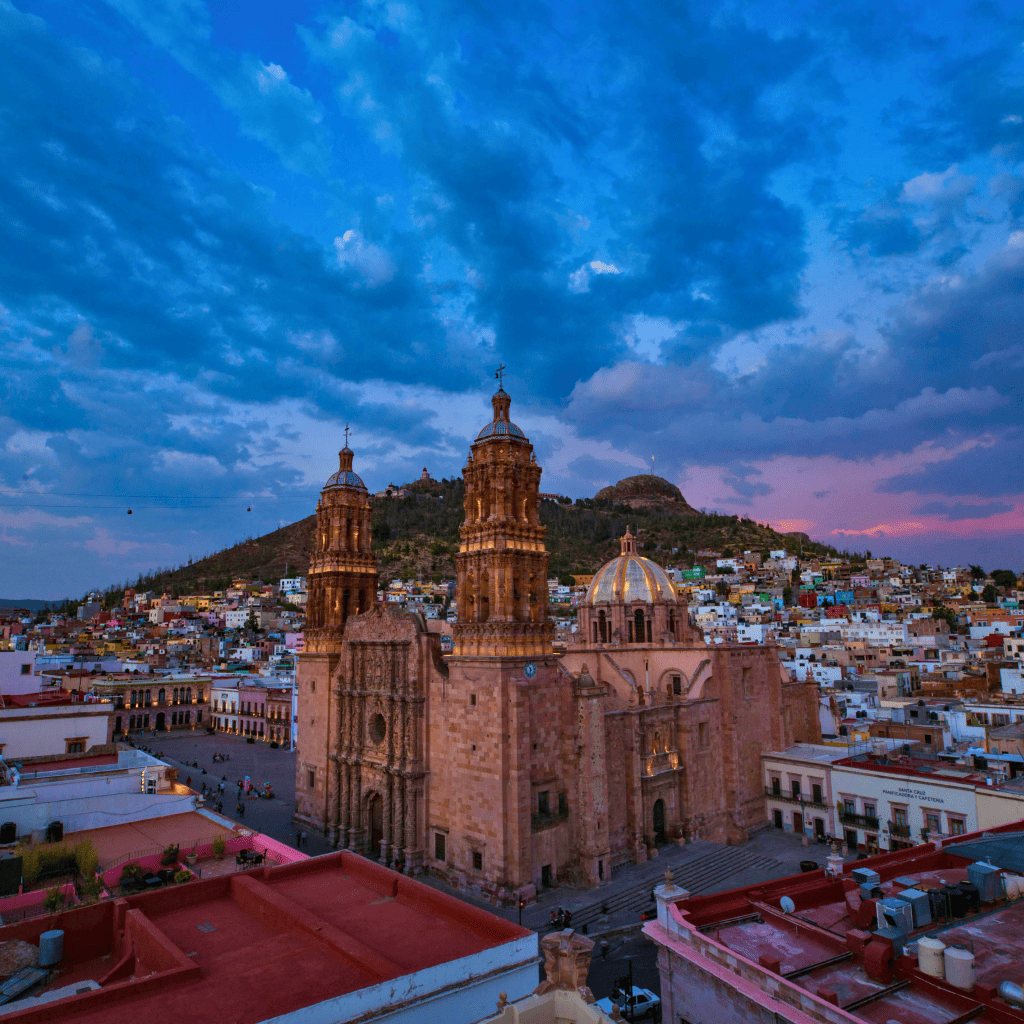
Zacatecas: The Guardian
Zacatecas is a state in the north-central region of Mexico known for its rich history, stunning landscapes, and silver mining heritage. However, it has also become known as a guardian of the mezcal tradition. This is due to a combination of factors, including high-altitude terroirs, a diverse array of agave species, and a dedication to preserving the ancestral methods of mezcal production. The state’s contribution to the mezcal world cannot be overstated.
- High-Altitude Agave Cultivation: Zacatecas has a unique mezcal identity, and it’s closely linked to its geography. The region’s high elevation, ranging from 1,500 to 3,000 meters above sea level, significantly shapes its flavor profile. This altitude results in a cooler climate and substantial temperature variations between day and night, which stresses the agave plants and causes a higher concentration of sugars. As a result, the Mezcal produced in Zacatecas has a smooth, nuanced flavor profile, often with floral and citrus notes.
- Agave Diversity: While the agave tequilana (blue agave) dominates tequila production in neighboring Jalisco, Zacatecas is home to a wider variety of agave species used for Mezcal, including Agave salmiana and Agave angustifolia. This diversity allows for a rich palette of flavors and expressions in Zacatecas mezcal, showcasing the state’s unique terroir and biodiversity.
- A Blend of Tradition and Innovation: Mezcal producers in Zacatecas blend traditional techniques, such as harvesting agave and slow roasting, with innovative practices that focus on sustainability. They are adopting methods to enhance the quality of Mezcal while preserving traditional roots, emphasizing environmental protection, water conservation, and soil preservation to ensure the long-term viability of agave cultivation.

Michoacán: Mezcal Diversity
Michoacán is a Mexican state that has a lot to offer when it comes to Mezcal. The region is known for its beautiful landscapes, rich heritage, and volcanic soils, all contributing to the unique Mezcal produced in this area. Michoacán is an excellent example of the diversity and richness of Mexico’s mezcal tradition, adding distinctive flavors and practices to the tapestry of mezcal production.
- Volcanic Terroir and Agave Variety: The heart of Michoacán’s mezcal identity lies in its rich volcanic soil, which imbues the agave plants with a unique mineral quality. This, coupled with the state’s diverse climate, supports various agave species, including cupreata, inaequidens, and alto. These species are known for producing Mezcal with deep, complex flavors ranging from sweet and fruity to earthy and floral notes.
- Ancestral Production Methods: In Michoacán, many producers use ancestral methods, such as stone-lined pits for roasting agave and wooden vats for fermentation. The art of distillation in Michoacán is often carried out using unique, handcrafted stills made of copper or clay, showcasing the region’s rich artisanal heritage.
- Recognition Beyond Borders: Michoacán’s inclusion in the Denomination of Origin for Mezcal has highlighted its mezcaleros, allowing them to showcase their unique creations globally. The state has become a key destination for mezcal enthusiasts, offering visits to picturesque distilleries and a diverse selection of high-quality mezcals that reflect its rich culture.
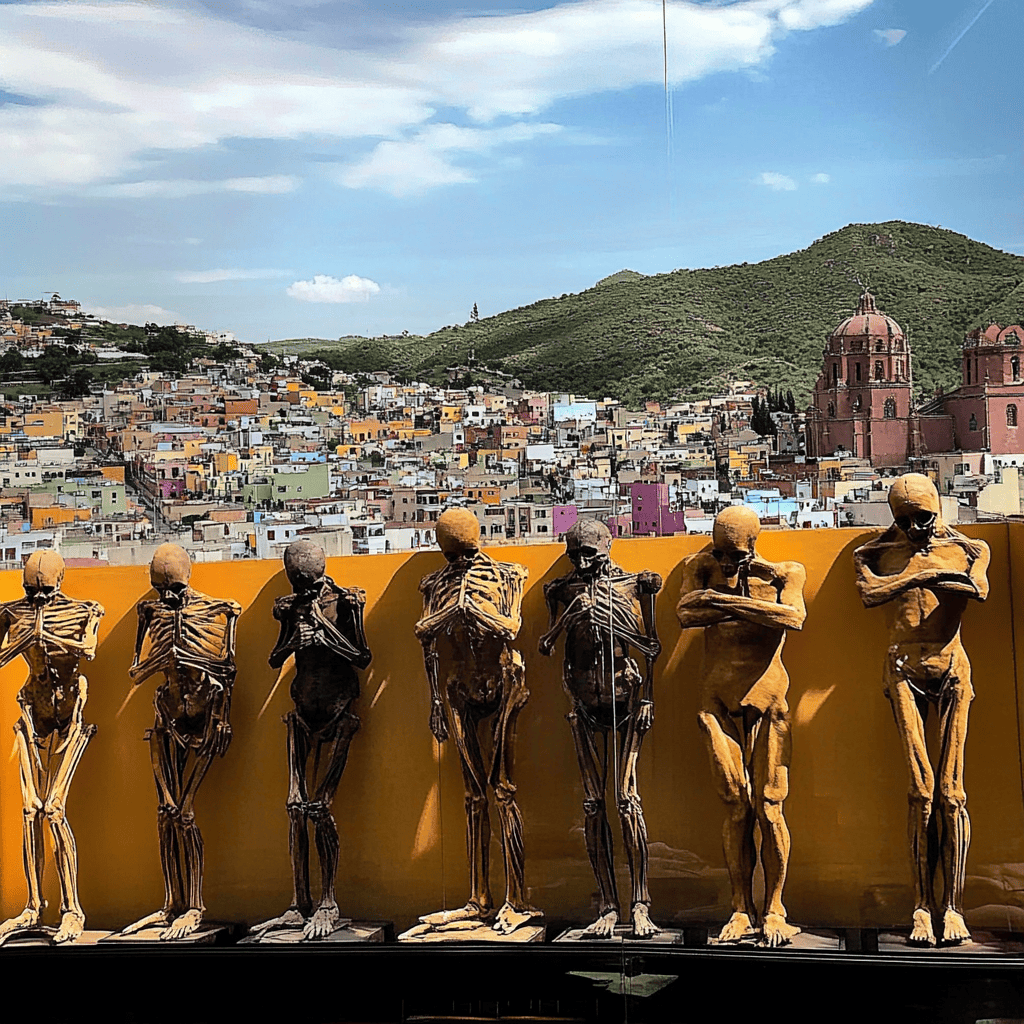
Guanajuato: The Blossoming One
Guanajuato is a state in Mexico known for its vibrant cultural festivals, rich historical heritage, and colorful towns. Recently, it has gained recognition as a significant player in the mezcal world.
- Diverse Agave Landscape: Guanajuato’s entry into the mezcal production scene is marked by its varied agave landscape. The state is home to several agave species well-suited for mezcal production, including Agave salmiana and Agave americana. These varieties thrive in Guanajuato’s varied climates and soils, producing Mezcal with distinctive flavors that range from bold and herbaceous to sweet and floral.
- Sustainability and Community Engagement: With its growing mezcal industry, Guanajuato is increasingly focused on sustainability and the impact of production on local communities. Producers engage in sustainable agave cultivation practices, ensuring their operations contribute positively to the environment and the community. Efforts to involve local communities in the mezcal production process support the regional economy and help preserve and promote Guanajuato’s cultural heritage.
- Expanding Recognition and DO Inclusion: Guanajuato’s inclusion in the Denomination of Origin for Mezcal has significantly elevated the recognition of its producers, allowing for greater visibility on both national and international stages. This acclaim attracts tourists interested in the state’s historical sites and its distilleries and mezcal tastings, fostering cultural exchange and providing immersive experiences of local traditions. Guanajuato is poised to establish a distinct identity as the mezcal industry expands, offering innovative and high-quality mezcals that celebrate the region’s rich agave diversity and contribute to Mexico’s mezcal heritage.
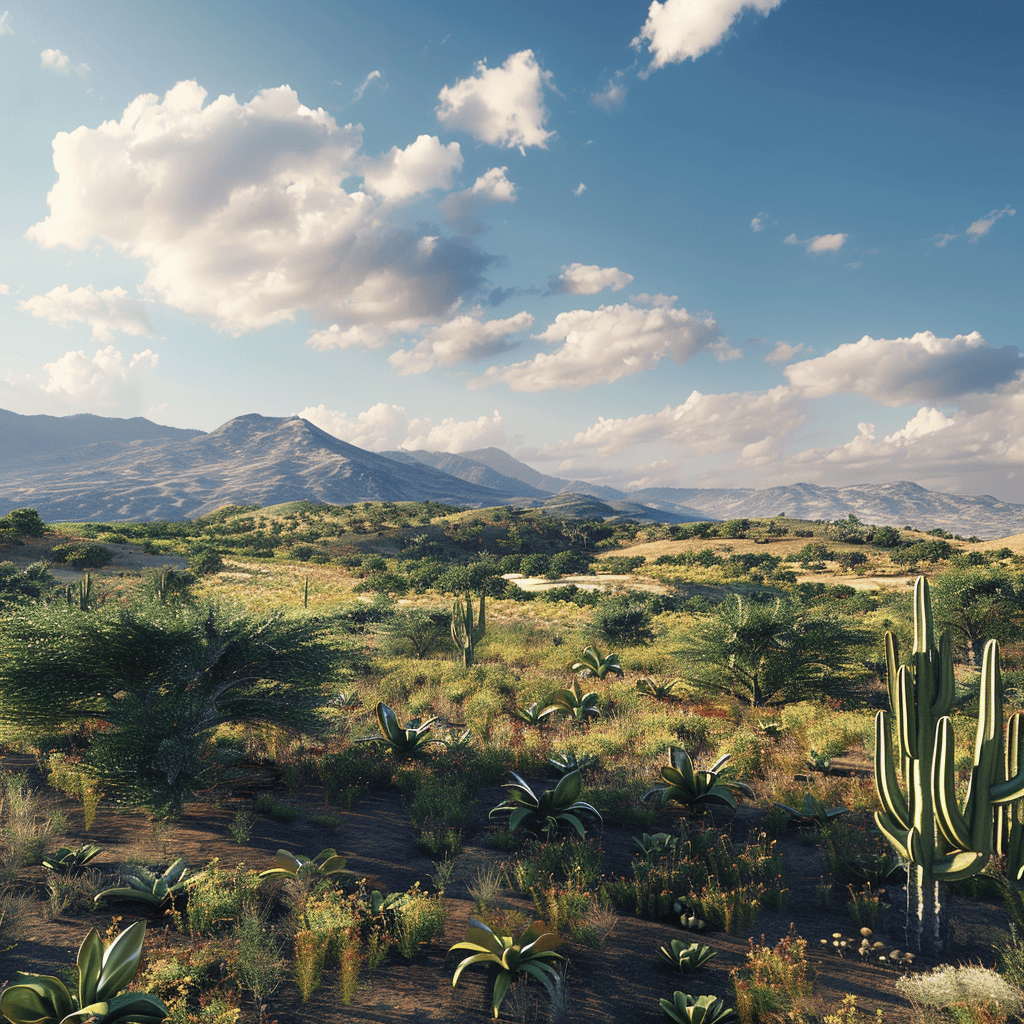
Tamaulipas: The Emerging Frontier
Tamaulipas is a force to be reckoned with in the world of mezcal production. Its diverse ecosystems, from the Gulf of Mexico to the rugged Sierra Madre, provide a fresh perspective on mezcal flavors. With its unique agave varieties and commitment to ecological mindfulness, Tamaulipas is poised to shake up the mezcal industry and leave a lasting impact.
- Unique Agave Varieties: The agave landscape of Tamaulipas is distinguished by the presence of Agave funkiana and Agave univittata, among others, which are native to the region. These species offer unique flavor profiles, different from those in traditional mezcal-producing areas. The Mezcal from Tamaulipas is characterized by its floral notes, slight sweetness, and a fresh, green complexity that mirrors the state’s coastal and mountainous ecosystems.
- Tradition Meets Innovation: The emerging mezcal industry balances traditional production with sustainable practices in Tamaulipas. Local producers focus on artisanal methods, from wild agave harvesting to small-batch distillation, capturing the region’s essence. With the industry still developing, there is a unique opportunity to prioritize sustainability and conservation, ensuring Mezcal’s longevity and Tamaulipas’s ecological health.
- Cultural Significance and Economic Opportunities: As mezcal production grows in Tamaulipas, it brings economic opportunities and showcases the state’s cultural identity. While Tamaulipas is new to the Denomination of Origin for Mezcal, its unique agave varieties, and sustainable practices offer growth potential. Positioned near the U.S., Tamaulipas has a strategic advantage for entering international markets and could become a key player in the global mezcal scene.

Puebla: A New Chapter
Puebla is a state in Mexico famous for its culinary heritage, stunning architecture, and significant history. It is now writing a new chapter in the story of mezcal production. With its diverse ecosystems, which range from snow-capped mountains to lush valleys, this region brings a fresh perspective and unique flavors to the mezcal world.
- Varied Agave Landscapes: Puebla’s entry into the mezcal scene is distinguished by its rich biodiversity, particularly in agave varieties. The state’s climate and geography support various agave species, including Agave potatorum and Agave marmorata, known locally as Tobalá and Tepextate. These agaves contribute complex flavor profiles to Puebla’s Mezcal, from floral and fruity to earthy and smoky.
- Blending Tradition with Innovation: Puebla’s mezcal production combines traditional techniques with modern sustainability practices, such as roasting agave in earthen pits and open-air fermentation. This approach preserves Mezcal’s heritage while adapting to consumer preferences. Producers in Puebla prioritize environmental responsibility through water conservation and sustainable harvesting, reflecting a commitment to ecological stewardship.
- Recognition through Denomination of Origin: Puebla’s inclusion in the Denomination of Origin for Mezcal in 2017 was a significant milestone that affirmed the quality and uniqueness of its Mezcal, enhancing the state’s role in Mexico’s mezcal industry. With diverse agave species and a balance of tradition and innovation, Puebla is poised to significantly impact the mezcal landscape, inviting enthusiasts to explore its rich offerings.
Discovering Lesser-Known Varieties
As you can already imagine, due to the huge variety of plants and regions, some mezcals are known by the generic name “mezcal,” while others are named based on the region where they are made. Mezcals from Jalisco also have unique names, such as “raicilla.” Raicilla, which means “small root,” is mainly produced in El Tuito and Mascota in western Jalisco and is another fantastic agave distillate with Asian influences. Among other names in the large family of Mexican mezcals are the following: bacanora, huitzila, tonaya, quitupan, torrecillas, zihuauquio, papalote, chichihualco, comiteco, and others.
Mexico’s Mezcal Regions
Mezcal captures the essence of each Mexican state, distilled from the heart of the country’s landscapes and heritage. As the DO continues to acknowledge the importance of all contributing regions, mezcal enthusiasts worldwide can embark on a journey across Mexico with every glass, discovering the distinct spirit of each territory. This journey through time, taste, and place honors the vastness and vibrancy of Mexico’s mezcal culture.
Each region contributes to the rich tapestry of Mezcal, offering unique expressions that reflect their distinct terroirs and cultural practices. The Denomination of Origin safeguards the authenticity of Mezcal and honors the diverse traditions and environments from which this storied spirit emerges.